Have you ever found a plant in a garden center that caught your eye, then planted it in your garden, only to have it start taking over? It can be quite the surprise!
Many popular ornamental plants are actually invasive species that spread quickly and can disrupt local ecosystems. But don’t worry! This short guide will help you identify some of those pesky offenders and introduce you to some native alternatives that will keep your garden thriving without the hassle. Happy gardening!
Chinese Wisteria (Wisteria sinensis)
It’s easy to be captivated by the purple Chinese Wisteria blossoms, which you’ll often see draping over trees on the roadside. But don’t let the beauty deceive you. This plant may look nice while it’s blooming, but it’s an invasive species that harms native trees. It climbs aggressively and stops other plants from getting the resources they need to live. Once it takes hold, it’s very hard to remove because it can survive in many conditions.
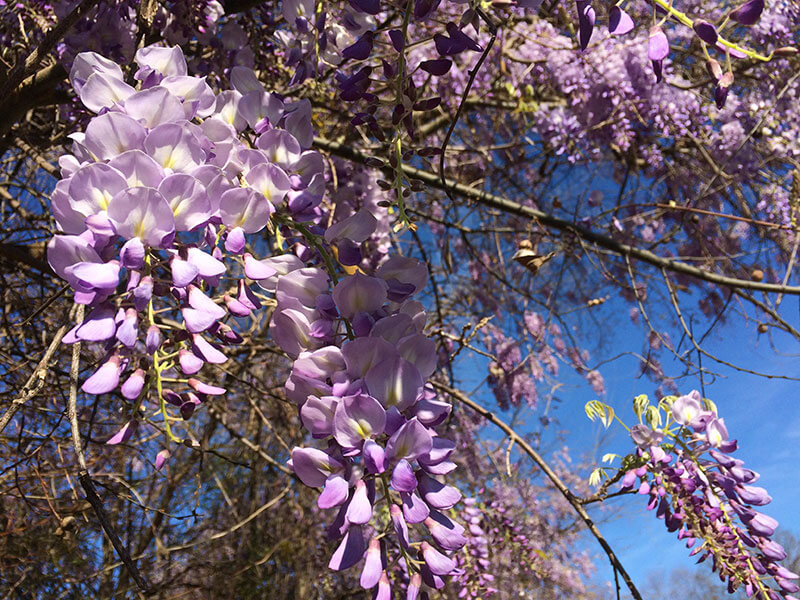
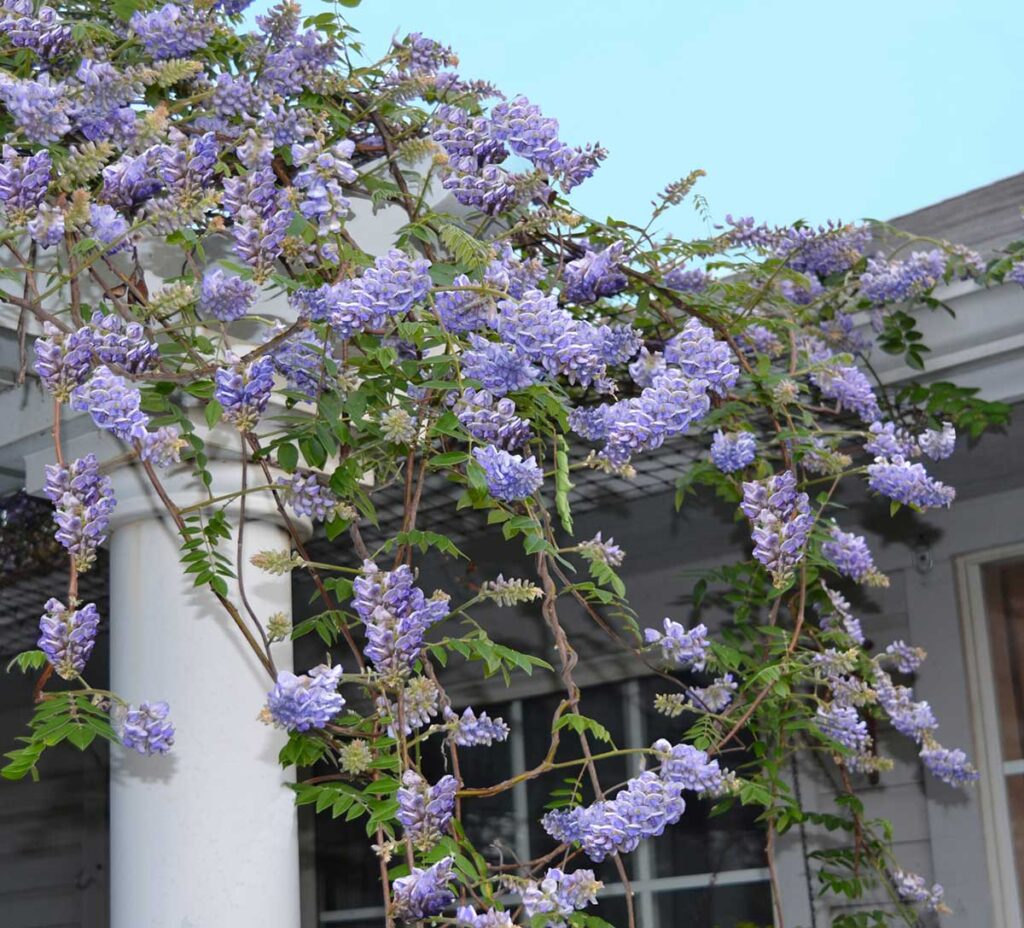
If you love those purple flowers, consider planting an American wisteria (Wisteria frutescens) instead. It’s a native alternative with a similar charm that doesn’t disrupt the local environment. I finally found one for sale in my local garden center – we’ve planted it along a fence at my parents’ house.
Nandina (Nandina domestica)
Nandina, also called “Heavenly Bamboo,” is a highly invasive evergreen shrub from East Asia that’s problematic in the Southeast. It forms dense thickets that smother native plants. It also produces berries that are toxic to wildlife.
This shrub is highly adaptable, thriving in shade and sun, and can grow in almost any soil type. Even a tiny root fragment can grow into new plants, making it extremely difficult to remove once established.

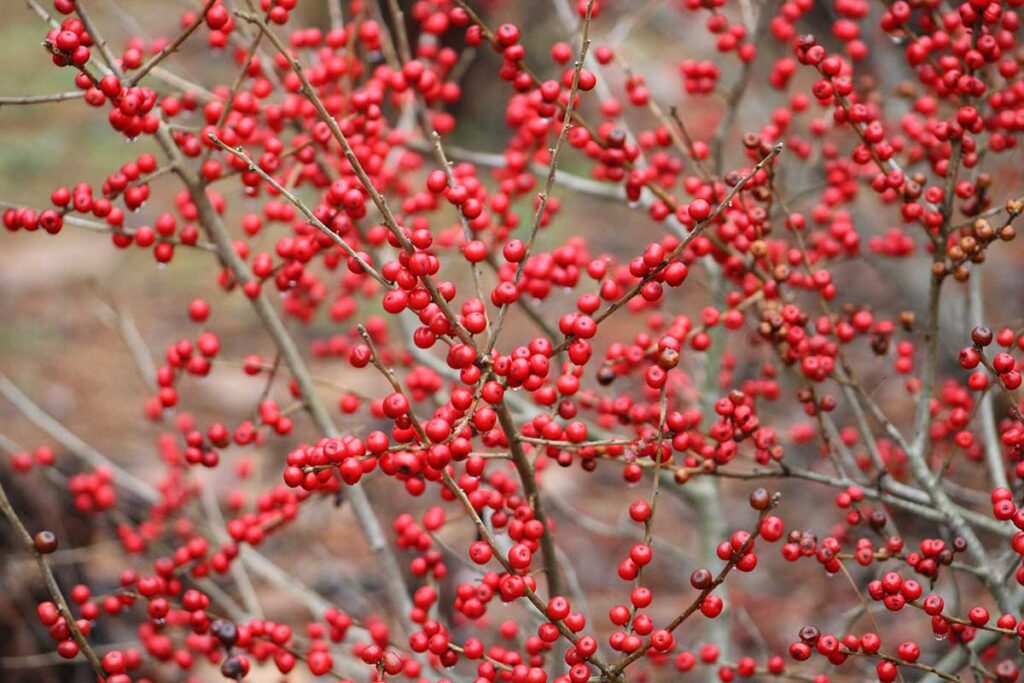
Winterberry (Ilex verticillata) is a native shrub alternative to Nandina that produces bright red berries. It is particularly stunning in the winter when much of the color in your garden has gone.
English Ivy (Hedera helix)
While English ivy makes a great houseplant, think twice before adding it to your outdoor garden. Often introduced as a ground cover, it quickly climbs nearby trees, blocking their sunlight and adding significant weight to branches. Trees covered in ivy are also more likely to fall during storms because the leaf structure amplifies wind force, making the tree heavier.
I have some in my backyard planted by a previous owner that I am continuously fighting to remove. The vines spread underground, making it hard for me to pull up and remove it all. It can regrow from just a tiny piece of root; so if you miss a piece, you’ll be back to square one next year.
Alternatively, consider planting Virginia creeper, a deciduous vining plant whose leaves turn red in the fall, or wild ginger as a ground cover for similar charm.
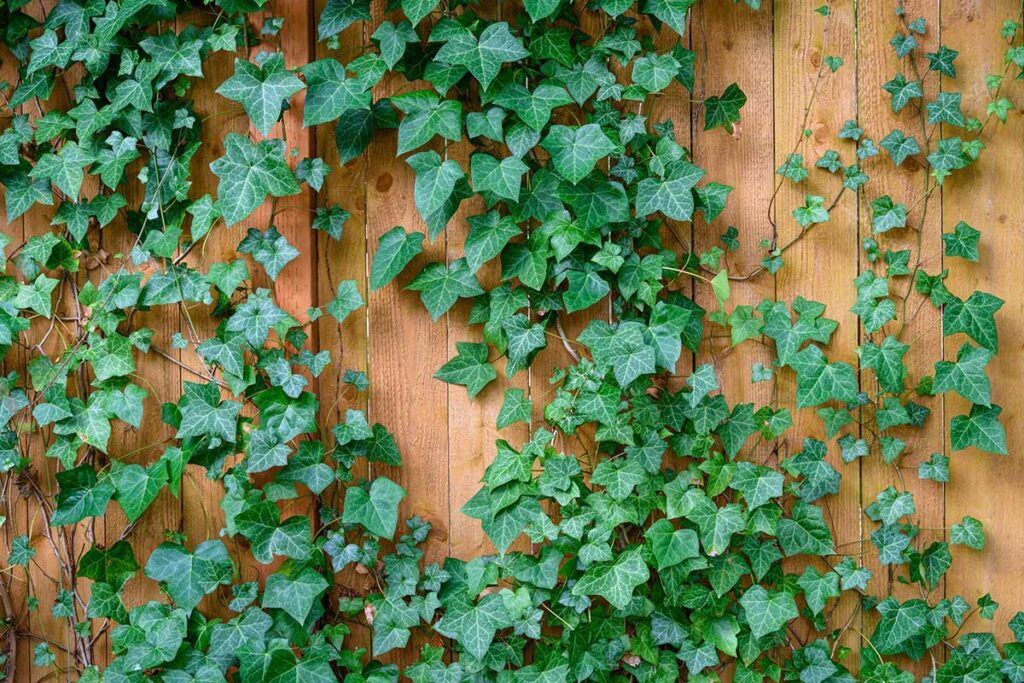
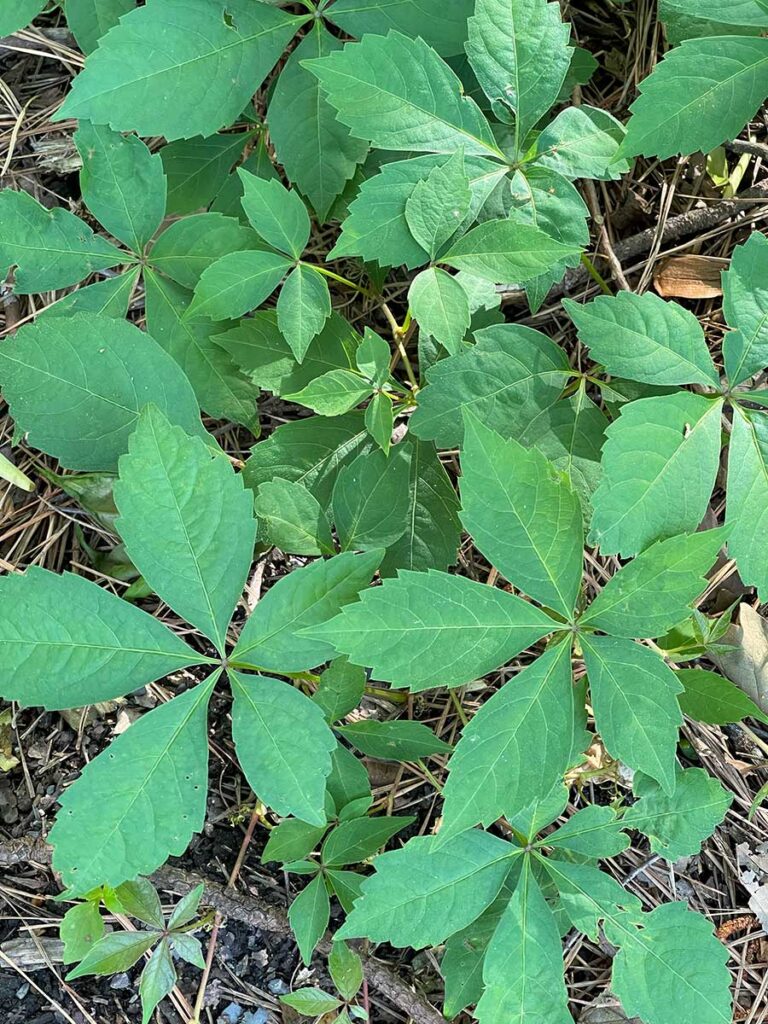
Burning Bush (Euonymus alatus)
Burning bush (Euonymus alatus) is a fast-growing, invasive shrub. Gardeners appreciate the bright red color of the leaves in fall – hence the name. However, it escapes into surrounding landscapes, displacing native vegetation in the understory. Birds play a key role in its spread by snacking on the red berries and dispersing the seeds along their flight paths. This form of seed dispersal makes controlling its spread particularly challenging.
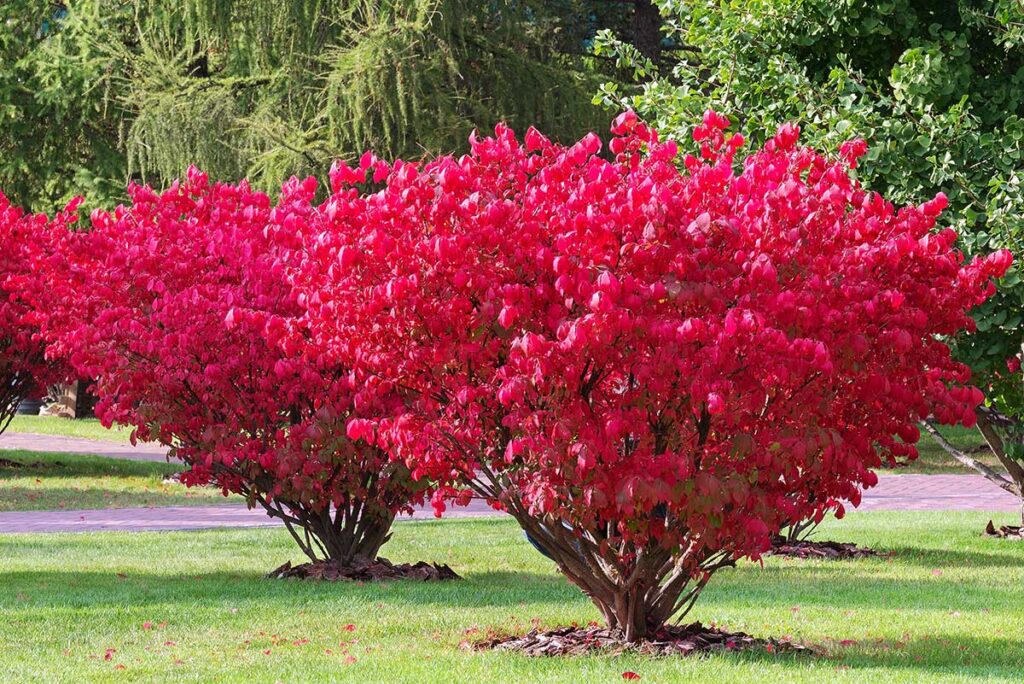
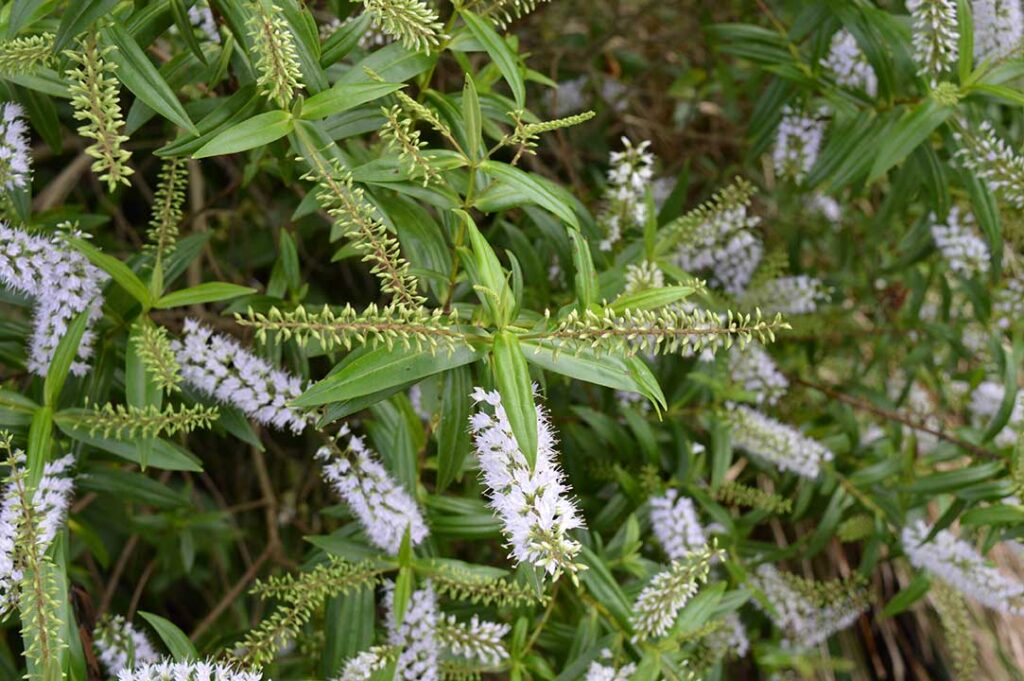
If you want to add some vibrant fall color to your landscape without using an invasive plant, consider planting native Virginia sweetspire (Itea virginica). Sweetspire leaves turn red, orange, and yellow in fall. In the spring, they produce long clusters of flowers that attract insects like butterflies.
Japanese and Chinese Privet (Ligustrum japonicum, L. sinense)
Chinese privet has become a notorious invasive species throughout the southeastern United States. This evergreen shrub forms dense thickets that prevent sunlight from reaching plants below. Left unchecked, it can transform diverse ecosystems into simple monocultures and dramatically reduce biodiversity. I am severely allergic to privet – and remove it any time I find it in our yard.
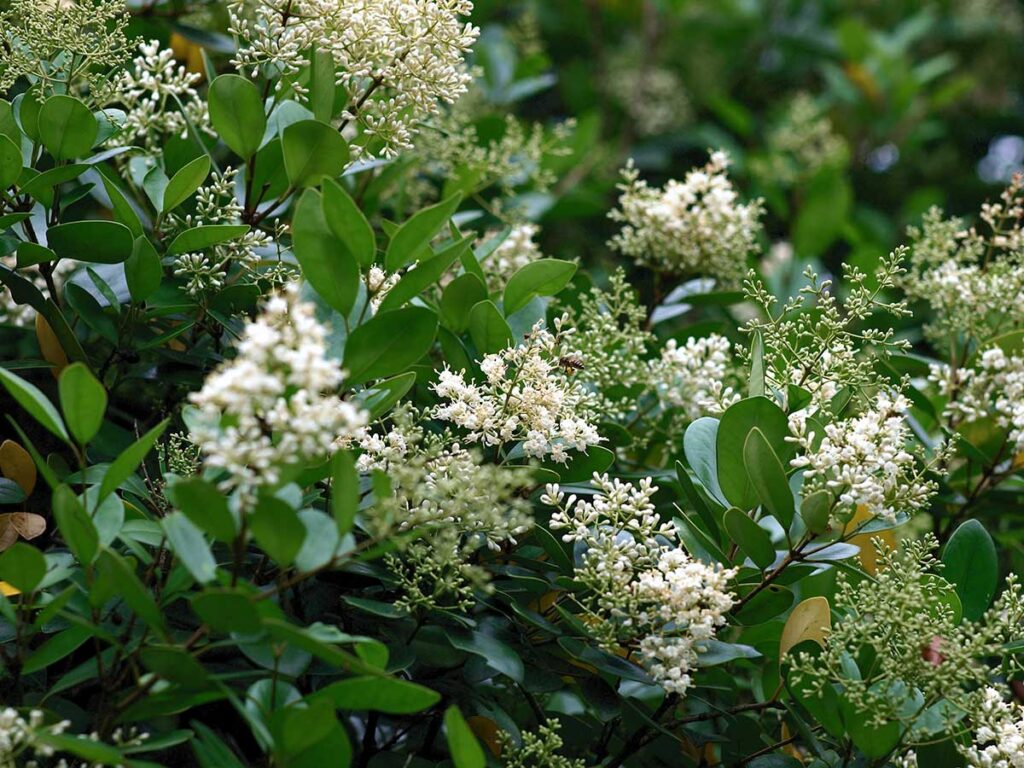
Oregon Grape and Leatherleaf Mahonia (Mahonia nervosa; M. bealei)
Gardeners have long favored these two varieties of Mahonia for their distinctive thorny foliage and colorful berries. However, they are increasingly problematic for woodlands in the Southeast, as their aggressive spreading habit allows them to form dense thickets in forest understories where they outcompete native vegetation for light, water, and nutrients. I have seen many of these on hiking trails around my town. The forest managers mark them and remove them whenever they can.

Giant Timber Bamboo/Golden Bamboo (Bambusa spp., Phyllostachys spp)
Giant Timber Bamboo (Phyllostachys aurea), also known as Golden Bamboo, is an aggressive invader with impressive growth potential. According to the US Forest Service, a single bamboo clump can spread up to 9.3 miles of stems during its lifetime. The plant creates impenetrable thickets that eliminate surrounding vegetation and can even damage infrastructure like sidewalks and underground pipes with its root system. Once you have bamboo in your garden, it is nearly impossible to get rid of it.
Choose Native Plants Instead of These Invasives
By choosing native plants instead of these invasives, you’ll create a garden that helps local wildlife and keeps your neighborhood’s natural balance healthy.
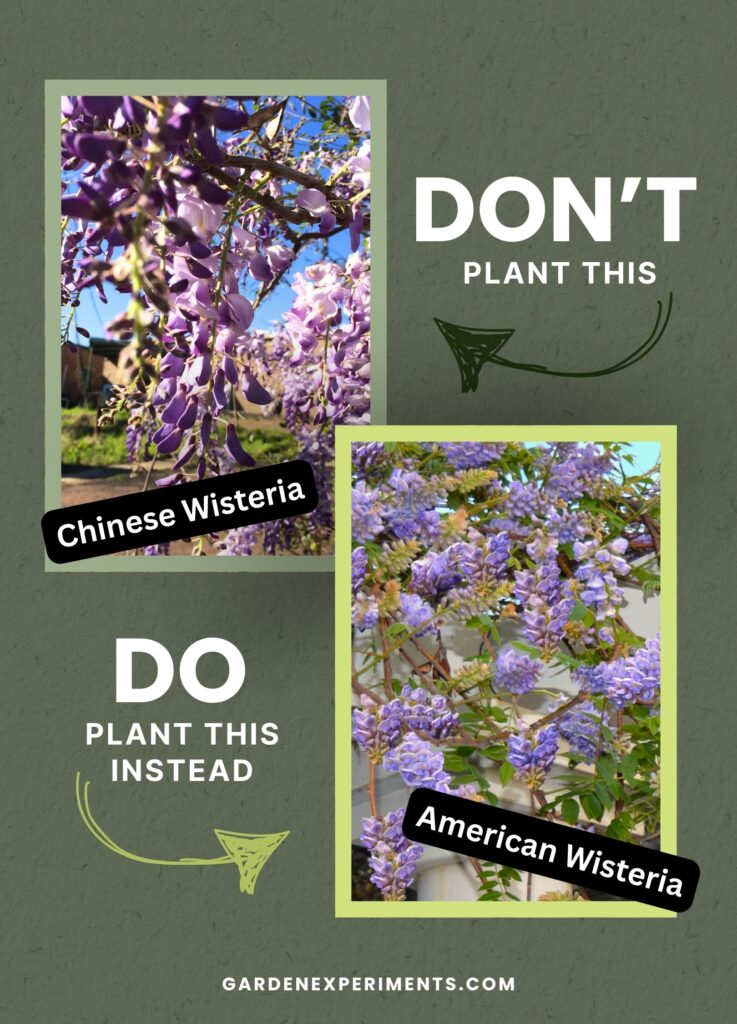
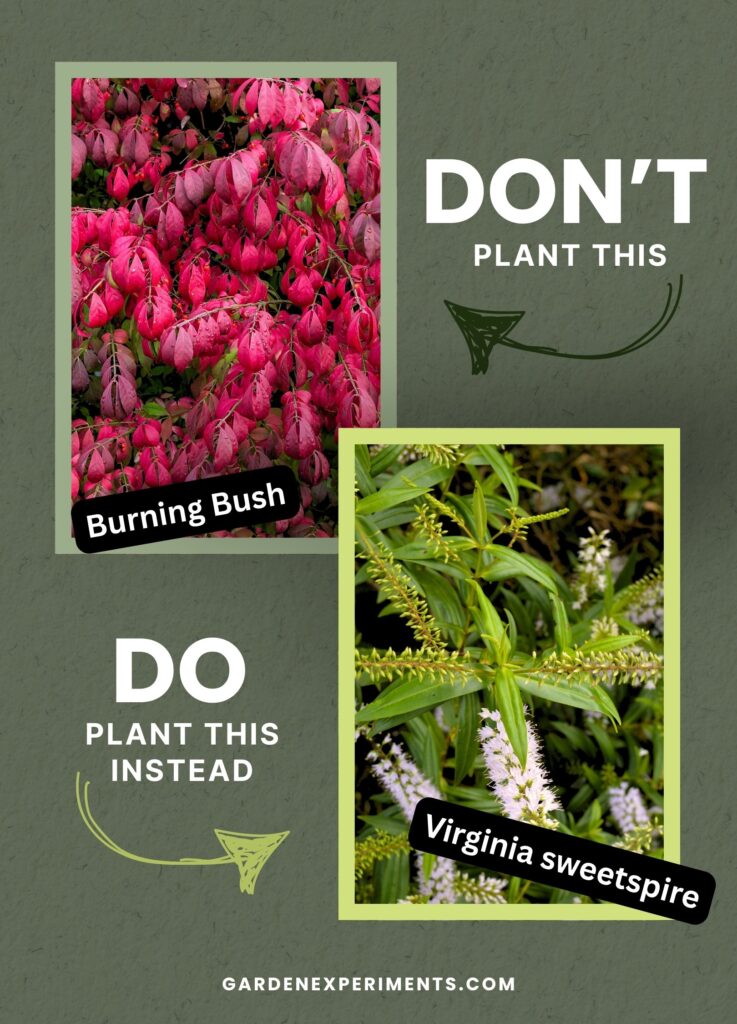
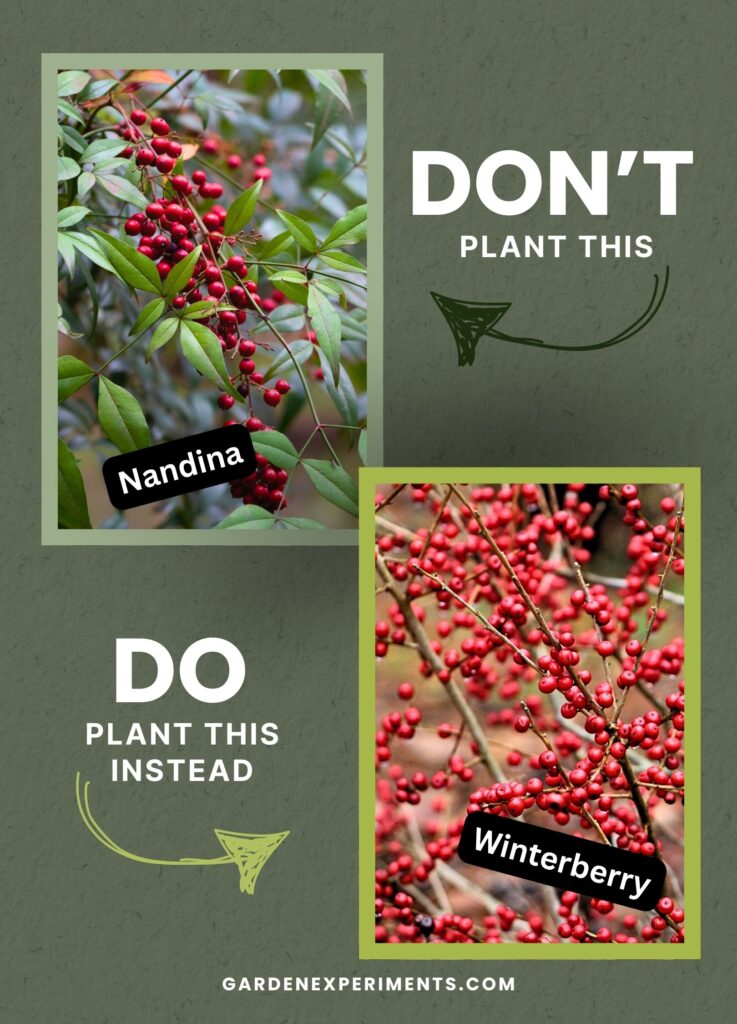
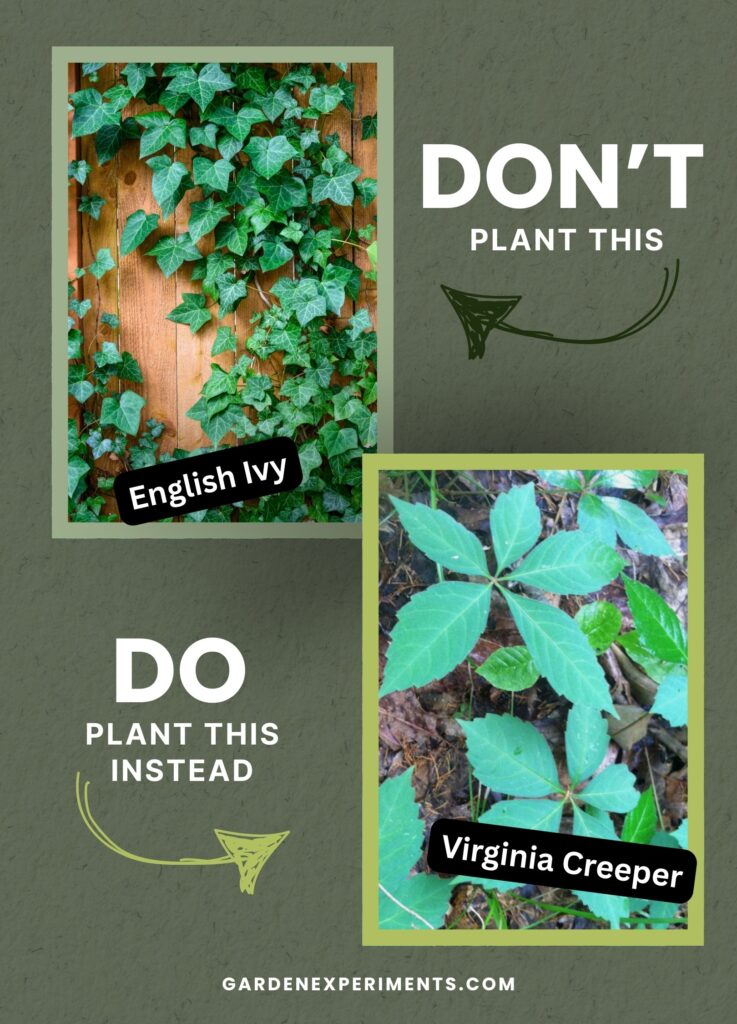
What is an Invasive Plant Species?
- non-native to the ecosystem in consideration
- cause or likely to cause harm to the environment or human health
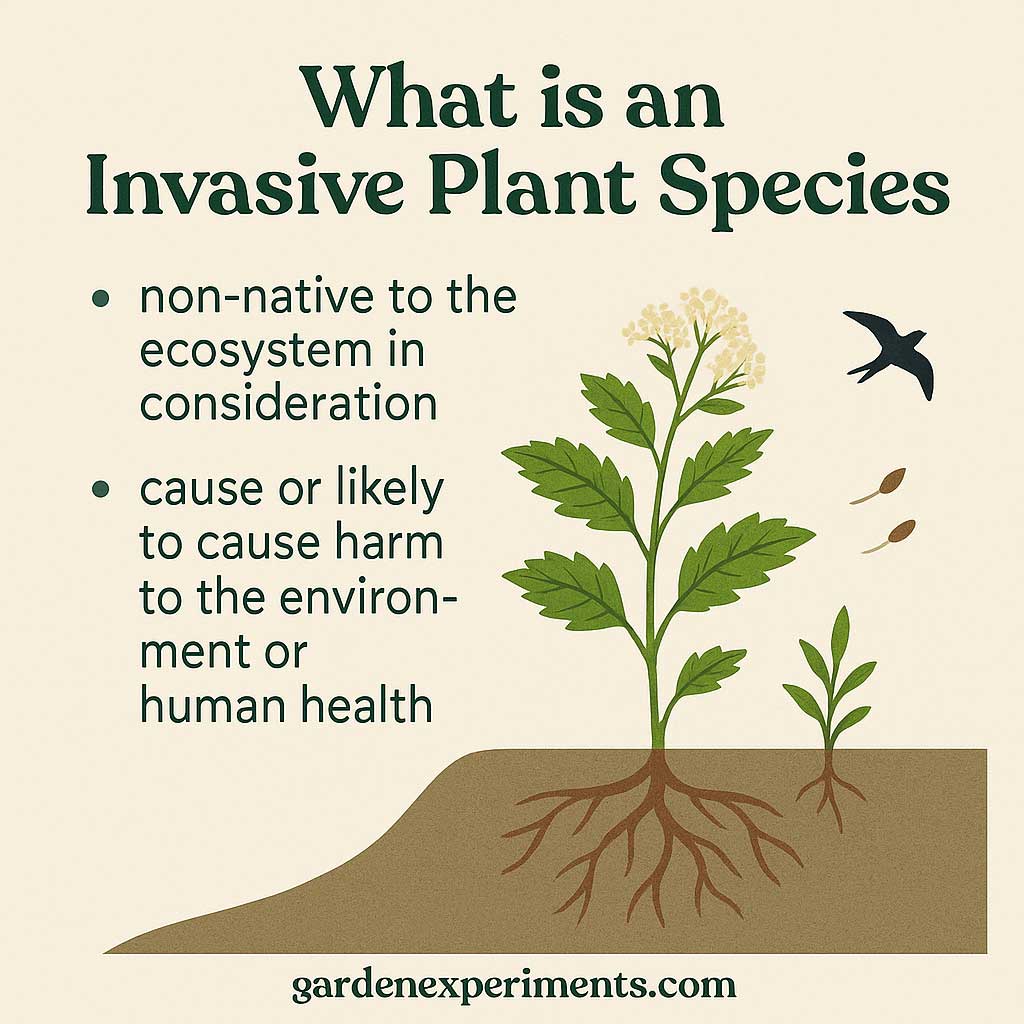
These plants often outcompete native plant species. Invasive plants often produce copious amounts of seed, thrive on disturbed soil, smother surrounding plants or inhibit the growth of other plants near them, have aggressive root systems that spread far from the mother plant, and are transported by birds or wind.
